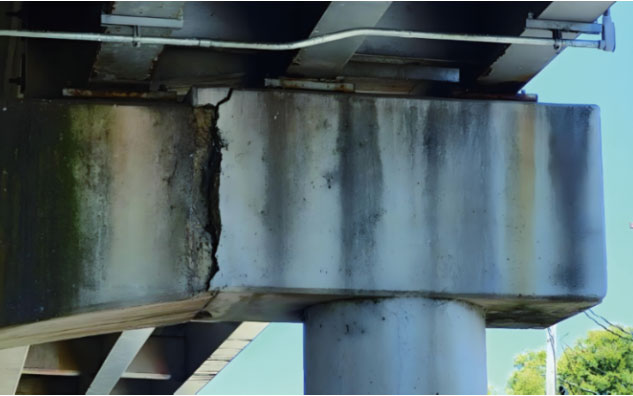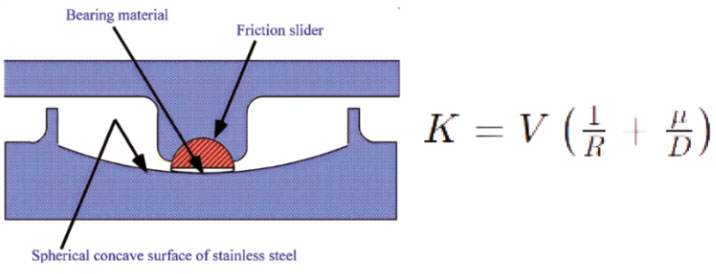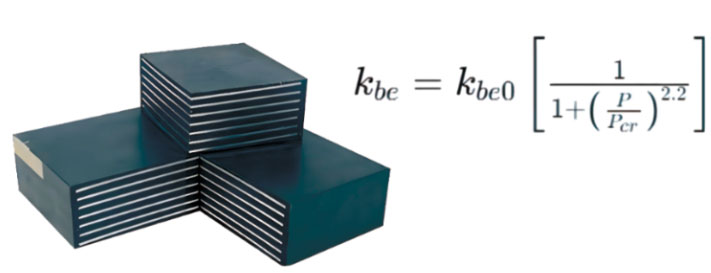
TWINSA
Engineering Challenge
Reveal Boundary Force
Critical Connectors: Essential for Structural Stability
and Safety
Critical connectors serve as boundary conditions in structures, directly influencing load distribution, stress concentration, and overall structural performance. Their condition reflects the internal force states and is impacted by factors like foundation settlement, material degradation, thermal variations, and structural changes. Without proper management, these variations can lead to significant structural issues, including:
Imbalanced Load Distribution Affects Structural Balance: SHM systems use sensors to monitor deformations, displacements, strain, and vibrations, aiming to detect abnormal behaviors and provide timely warnings. These systems often integrate with finite element analysis (FEA*), which simulates the structure’s behavior under various conditions. Modal analysis investigates vibrations to determine the structure’s dynamic properties, and abnormal responses may signal changes in its mechanical state. When SHM integrates with simulation tools like FEA, it forms a digital twin—a virtual representation that offers deeper insights into the structure’s performance over time.
Material Failure from Stress Concentration: Shifts in bending moments, shear forces, axial forces, overturning, and torsional moments disrupt the structure's balance, leading to several risks. These imbalances cause deformations, misalignments, and can lead to shear failure or buckling. Increased overturning moments heighten the risk of structural instability, while amplified torsional effects can induce unwanted twisting.

Cracks caused by load redistributions

Bearing load redistribution lead to catastrophes
Changes in Dynamic Behavior: Altered load distribution can modify the structure's modal properties, including natural frequency and damping ratio*, thereby affecting seismic response and contributing to accelerated fatigue growth, which reduces the service life of components.
Altered Physical Properties of Constraints: Changes in boundary conditions alter the system's global stiffness and damping characteristics, potentially invalidating original design assumptions. This often necessitates reassessment and adjustments to the structural model to ensure stability and safety.
Proper adjustments—such as modifying bearing height or tightening cables—are crucial for optimizing load distribution, reducing stress concentration, and ensuring structural stability and resilience.

For friction pendulum bearings, horizontal Stiffness (K) has a linear relationship with vertical load(V).

For rubber bearings, horizontal stiffness (Kbe) decreases with increasing axial (vertical load(P).










